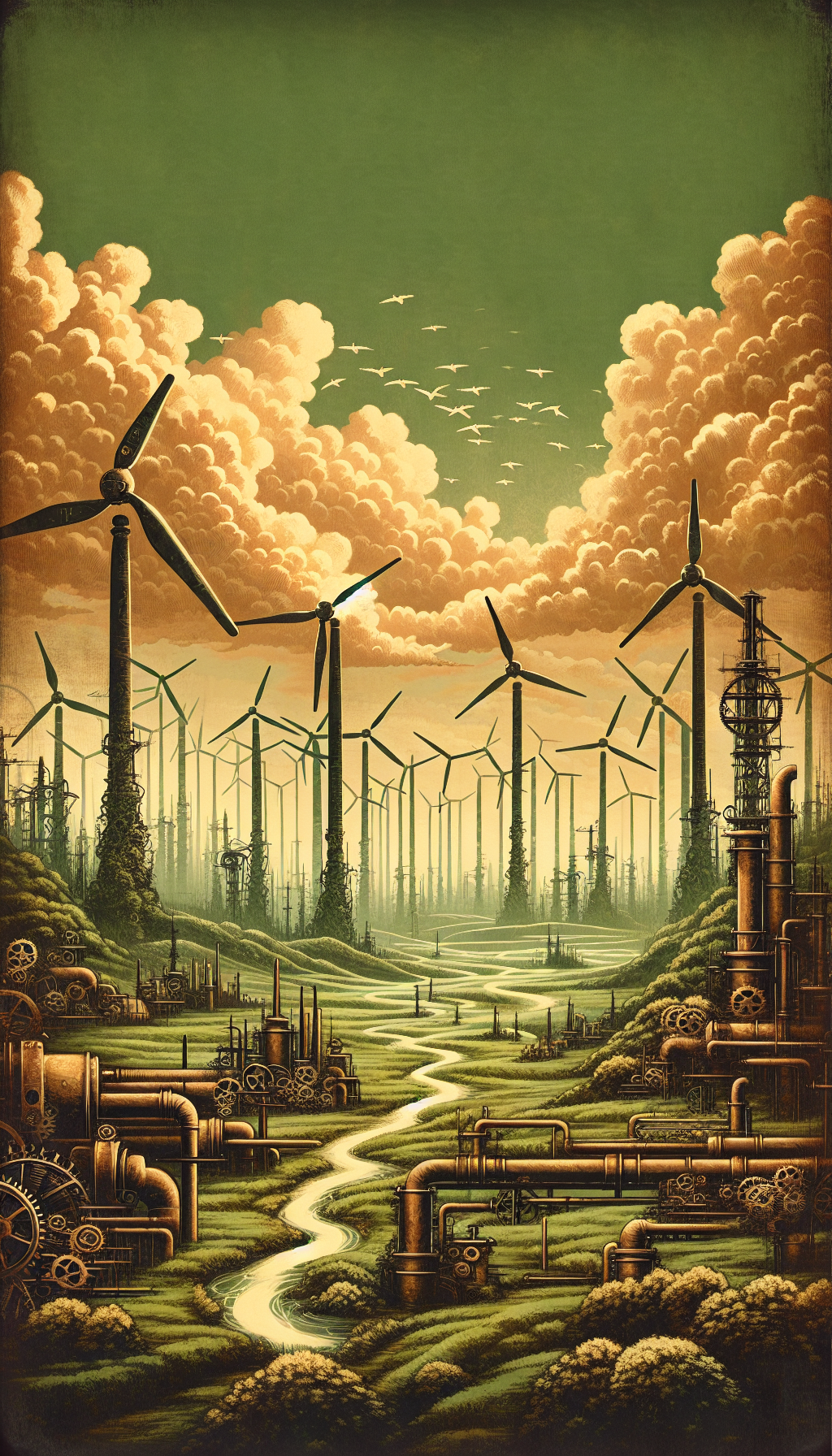Recently, the House of Representatives has announced plans to repeal several green energy regulations implemented during the Biden administration. These regulations, aimed at limiting consumer choice, were intended to usher in a greener future by challenging the status quo. The move to repeal these regulations reflects ongoing debates within the political sphere about the best ways to approach climate change and the role of governmental regulations in shaping energy consumption patterns.
Regardless, the green energy sector continues to evolve. For instance, Bryah Resources, a well-known mineral exploration company, has announced its departure from a government-funded partnership with Australian Vanadium. Even as they explore selling mineral rights, including nickel, copper, and gold, it’s a reminder that renewable energy resources aren’t the only options on the table when it comes to reducing our carbon footprint. Discovering new, efficient ways to use existing resources can also be part of the solution.
Moreover, the conversation about green energy isn’t just about regulations and resources. Infrastructure plays a vital role in the implementation of clean energy initiatives. Recently, a report card on the upkeep of America’s infrastructure gave it a “C” grade.

While this is a slight improvement on previous assessments, it underscores the necessity of ongoing investments in infrastructure to support the green energy transition.
Improving infrastructure isn’t solely about replacing old bridges or repairing roads. It’s also about building new infrastructures that can accommodate and support the use of renewable energy on a large scale. This includes developing a robust energy grid that can handle the idiosyncrasies of renewable energy, such as fluctuating production levels from wind and solar resources.
The repeal of green energy regulations, the exit of Bryah Resources from a green partnership, and the ongoing need for infrastructure improvements highlight the complexities involved in the transition to renewable energy.
Combine these with the very real and urgent need to mitigate the impacts of climate change, and it’s evident we’re navigating uncharted waters.
While the challenges are significant, they also present opportunities for innovation, collaboration, and the chance to create a more sustainable future. The green energy movement is more than a trend or a fad; it’s a necessary shift that requires the concerted efforts of everyone—government officials, energy companies, consumers, and even you.
Today, green energy is more than just a topic of discussion. It’s a call to action, an investment in our future, and a testament to the power of innovation. Let’s keep the conversation going, and more importantly, let’s turn those conversations into tangible, meaningful action for the benefit of us all.